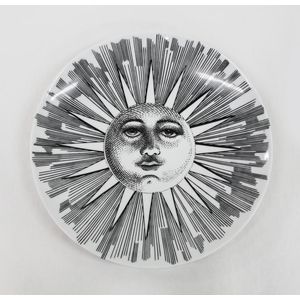Caughley Tea Bowl and Saucer, 1783-1793
You must be a subscriber, and be logged in to view price and dealer details.
Subscribe Now to view actual auction price for this item
When you subscribe, you have the option of setting the currency in which to display prices to $Au, $US, $NZ or Stg.
- Husk Motif - The husk motif is a decorative element that has been used in furniture, silver, glass and ceramics decoration for centuries. The motif is typically based on the shape of the husk, or outer covering, of a nut or seed. It is often depicted as a series of overlapping, scalloped shells that create a textured, ornamental pattern.
In furniture, the husk motif is commonly used in the design of chair and table legs, as well as in the decoration of cabinet doors and drawer fronts. The motif is carved into the wood or other material, creating a three-dimensional effect that adds depth and visual interest to the piece.
In ceramics, the husk motif is used in a variety of ways, from the decoration of bowls and plates to the design of decorative tiles and other objects. The motif is often painted or carved into the surface of the clay, creating a relief pattern that adds texture and dimensionality to the piece.
The husk motif has been used in many different historical and cultural contexts, from ancient Greece and Rome to 18th-century France and England. It has been adapted and modified over time, with variations including the acanthus leaf and the palmette motif. - Circa - A Latin term meaning 'about', often used in the antique trade to give an approximate date for the piece, usually considered to be five years on either side of the circa year. Thus, circa 1900 means the piece was made about 1900, probably between 1895 and 1905. The expression is sometimes abbreviated to c.1900.
This item has been included into following indexes:
Visually similar items

A Japanese Arita blue and white dish, Meiji period, painted and moulded with stylised lotus sides, the centre with auspicious symbols, diameter 20 cm

Italian Piero Fornasetti, wall plate decorated with a sun burst design. Diameter 26 cm

A large Chinese Ming revival charger. Under glazed blue three toed dragon within fluted green. Xuande marks. Old restoration. 43 cm wide. Together with yellow glazed dragon decorated plate and a grey urban Ware plate with raised dragon Ware decoration. 15

A John Crichton mosaic wall charger, with spun anodised aluminium back, centre of small orange mosaic pieces framed by five borders of larger radiating mosaics in various tones. Diameter 41 cm
